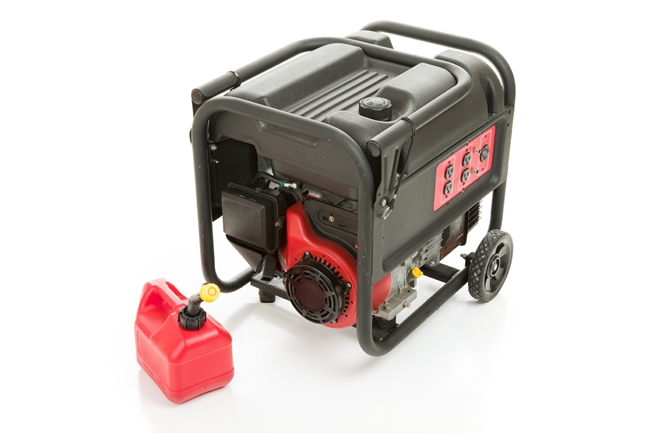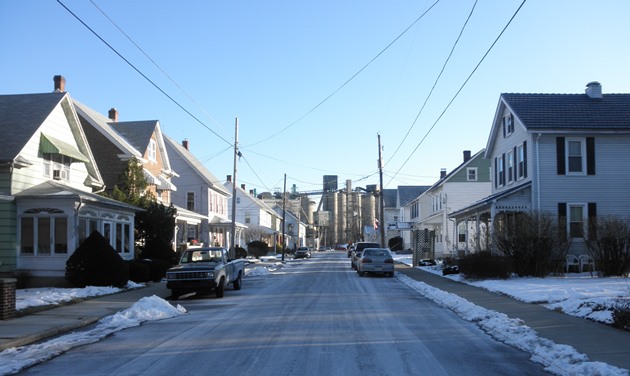
Jan 22, 2016 | Safety and Security
Portable generators can bring you power when storms knock out electricity. But they also can bring heartache if used incorrectly.
Nearly 80 percent of the more than 900 carbon monoxide deaths between 1992 and 2012 were associated with generators. Half of generator-associated carbon monoxide deaths happen between November and February.
If you have a portable electric generator, make sure it’s installed and used correctly. Never operate a generator indoors or in any other enclosed or partially enclosed space, including your garage.
The Consumer Product Safety Commission recommends generators be located at least 20 feet from windows, doors or vents to prevent deadly CO from getting into your home. Of course, CO alarms inside your home also are a smart idea.

Jan 11, 2016 | Energy Efficiency
Another winter. Another polar vortex. Another round of high electric bills?
Not necessarily. There’s plenty of opportunity to manage your home energy use and keep your bill under control. In fact, you could say the coldest snaps offer the biggest chances to save.
Here are some tips on how to save energy and money during this cold week, and during cold weeks to come:
– Heating is the average home’s single biggest energy expense, so improvements here can make a real difference. Try to set your thermostat at 68 degrees, and use a programmable thermostat to turn down the heat when everyone is asleep or out and about.
– Make sure the hot-air vents in your home are open and free from obstruction, so you get all the heat your furnace is churning out. (Kids, especially, have a knack for dropping stuff on top of the vents and leaving it there.)
– It’s best to get your heating system inspected and tuned up for maximum efficiency before cold weather arrives. But, if you haven’t done it yet, you can still get it done, to save energy the next time Canada decides to send us a bulk shipment of arctic air.
If it’s too late to get a full tuneup, you can start by replacing your furnace filter so your furnace doesn’t have to work as hard.
– Simple, quick steps that can keep hot air inside your house include installing special insulators inside electrical outlets and weather-stripping doorjambs.
– If you only want to warm up a small area, a portable heater might be a more efficient choice than cranking up the thermostat. Be sure to use these heaters safely, keeping them away from curtains and furniture and turning them off when you no longer need them.
– Since the cost of generation supply makes up the largest portion of most bills, you can save by buying your electric supply from a competitive supplier. Check out PAPowerSwitch.com to see other offers available to you. Remember to check out the terms of each offer, such as whether the rate is fixed or variable, and whether there are cancellation fees.
We invest in our delivery system year-round to keep it reliable at times like this – replacing old equipment, installing smart grid technology and trimming trees. We had no major system issues from last year’s cold weather and we’re aiming for the same performance this year. If you do have an outage at any time, please report it by calling 1-800-DIAL-PPL (342-5775) or online at pplelectric.com/outage.
Finally, if you or someone you know is concerned about paying their electric bills, you can find out more about our payment assistance programs online, or call 1-800-DIAL-PPL and talk with a customer service representative between 7 a.m. and 10 p.m.


